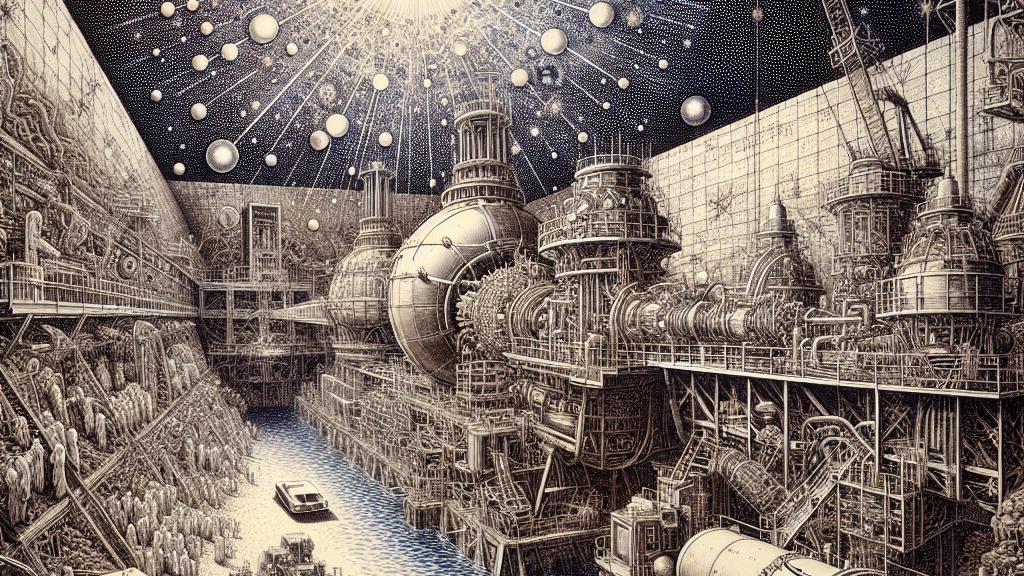Exploring High-Energy Neutrinos Detected Under the Mediterranean Sea
Overview
- Stunning neutrino detection shows energies 20 times above previous measurements.
- The KM3NeT project promises to revolutionize our perspective on cosmic events.
- This groundbreaking discovery could unlock the mysteries surrounding cosmic rays.

A Historic Discovery
On February 12, 2025, the scientific community was electrified by a historic announcement: the KM3NeT project team successfully detected a neutrino that carries mind-boggling energy, ranging from 60PeV to an epic 230PeV! Just to grasp the magnitude of this discovery, think about how this energy level is not only groundbreaking but a massive leap from the previous average of around 10PeV. It’s as if we stumbled upon a hidden realm of astonishing particle physics, unveiling a whole new chapter in our understanding of the universe!
Understanding Neutrinos
Neutrinos, often dubbed the ghosts of the cosmos, arise from phenomenal cosmic events such as supernovae and stellar fusion in massive stars. These elusive particles dance around us, with billions passing through our bodies every second without us even noticing, which is incredible! Their weak interaction with matter makes detecting them a daunting task; however, the brave scientists behind the KM3NeT project have risen to this challenge. They aim to crack the code of these mysterious particles! As a result, their work might not only enhance our knowledge of neutrinos but also fundamentally shift our perception of the universe.
How KM3NeT Operates
Now, let's dive deeper into the fascinating workings of the KM3NeT detector. It’s not just a pile of gadgets; it’s a spectacular engineering achievement! Visualize thousands of optical sensors meticulously arranged on the seafloor, all poised to catch the faintest glimmers of cosmic activity. When a neutrino collides with an atom in the water, it unleashes a heavier particle called a muon. This muon, traveling faster than light in water, generates a striking blue glow known as Cherenkov radiation. It’s this luminous phenomenon that allows scientists to capture precious data, paving the way for groundbreaking research and leading us to potentially unveil the secrets of our cosmic landscape.
Implications for Science
The implications of detecting these high-energy neutrinos are truly monumental. Scientists postulate that these cosmic messengers may originate from distant celestial sources, particularly from powerful jets released by supermassive black holes, often referred to as blazars. By tracking down these neutrino sources, researchers could unlock profound insights into the nature of cosmic rays—their origins, their pathways, and what they tell us about the universe. This discovery is not simply a footnote in scientific history; it could trigger an avalanche of new knowledge, transforming our understanding of astrophysics and possibly leading to thrilling future explorations.

Loading...